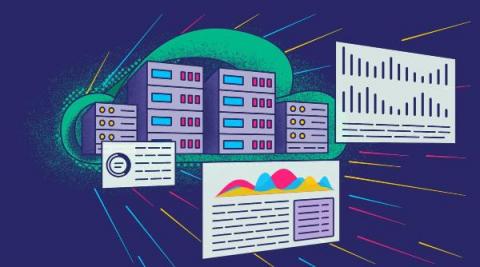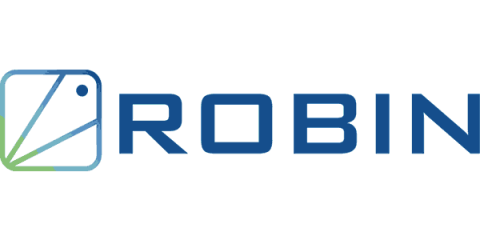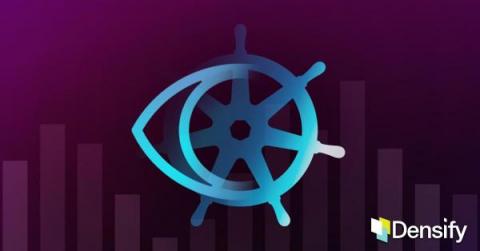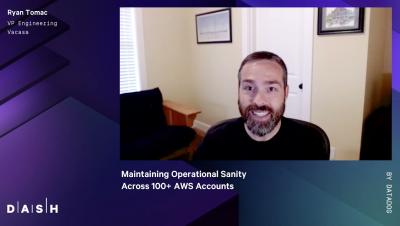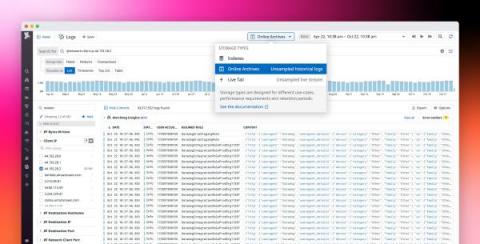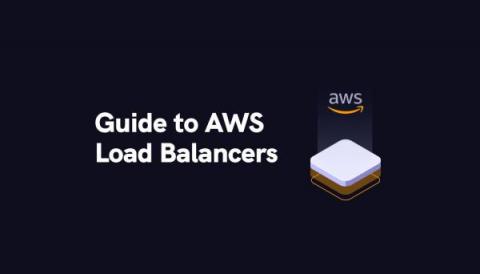Operations | Monitoring | ITSM | DevOps | Cloud
Cloud
The latest News and Information on Cloud monitoring, security and related technologies.
Introducing Cloud Native Observability
The term ‘cloud native’ has become a much-used buzz phrase in the software industry over the last decade. But what does cloud-native mean? The Cloud Native Computing Foundation’s official definition is: From this definition, we can differentiate between cloud-native systems and monoliths which are a single service run on a continuously available server. Like Amazon’s AWS or Google Azure, large cloud providers can run serverless and cloud-native systems.
Identifying Bucket Name and Path Expression
Robin.io and StorCentric Announce Hyperconverged Cloud-Native Solutions for VM-as-a-Service and Virtual Desktops with Lower Cost, Faster Provisioning Than Public Cloud
Forecasting Kubernetes Costs
The benefits of containerizing workloads are numerous and proven. But, during infrastructure transformations, organizations are experiencing common, consistent challenges that interfere with accurately forecasting the costs for hosting workloads in Kubernetes. Planning the proper reservations for CPU and memory before migrating to containers is a persistent issue Densify observes across our customers.
Maintaining Operational Sanity Across 100+ AWS Accounts | Eric Mann / Ryan Tomac (Vacasa)
Historical log analysis and investigation with Online Archives
To have full visibility into modern cloud environments, businesses need to collect an ever-growing avalanche of log data from a range of highly complex data sources. Indexing logs is key for real-time monitoring and troubleshooting, but it can quickly become expensive at high volumes, meaning that organizations often must choose which logs to index and which to archive.
Top six Amazon S3 metrics to monitor
How to Manage an ETL Data Migration Into the Cloud
Guide To AWS Load Balancers
The AWS Elastic Load Balancing (ELB) automatically distributes your incoming application traffic across multiple targets, such as EC2 instances, containers, and IP addresses, in one or more Availability Zones, ultimately increasing the availability and fault tolerance of your applications. In other words, ELB, as its name implies, is responsible for distributing frontend traffic to backend servers in a balanced manner.



